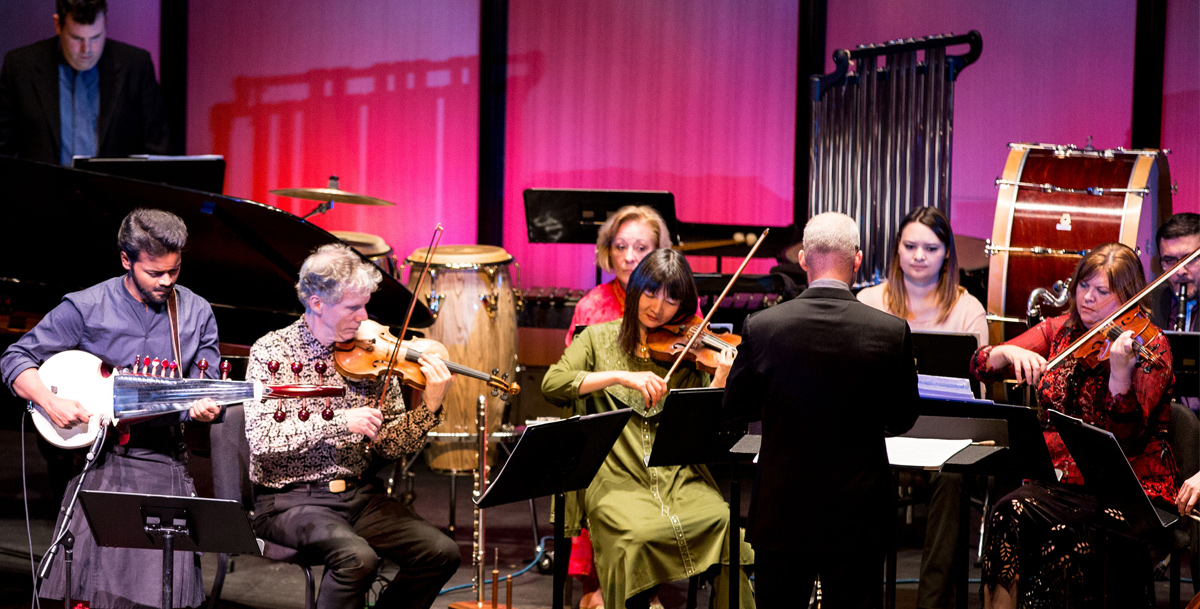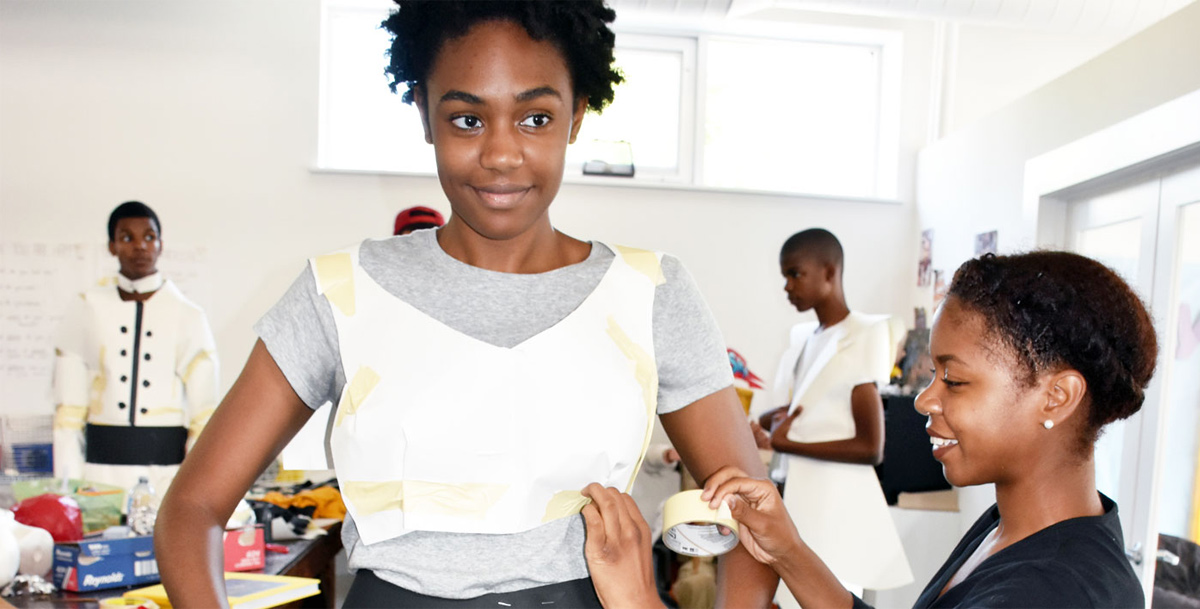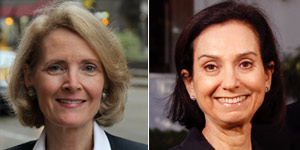MacArthur has supported Chicago arts and culture organizations since 1979, providing $310 million total. Early grants were awarded directly to arts organizations with a significant portion of funding designated for special projects. Research we commissioned found that arts and culture organizations most needed reliable and long-term general operating support. Therefore, in 2003, we decided to focus our arts funding primarily on general operating support, and we formed the MacArthur Funds at the Prince Charitable Trusts and the Richard H. Driehaus Foundation to help connect with more small and mid-sized grantees. Now, through these partnerships and direct awards, MacArthur provides general operating support to more than 300 local arts and culture groups.
What was the arts funding landscape like when MacArthur started this partnership?
Wilde: In 2002, MacArthur commissioned a Review of the Chicago Arts and Culture Community. Funders were asked to identify gaps – they listed general operating support, funding small arts organizations, and capacity building. Arts organizations identified general operating support and multi-year support as the top two needs, followed by core mission/artistic excellence, and capacity building. Despite this, the trends most funders predicted were less general operating support, cutbacks in arts funding, more arts education, and more funding of arts in the service of social good.
Coventry: Our relationship with MacArthur began in 2000 with support to small dance and theater companies, at a time when there was very little foundation funding. These were considered high-risk organizations. New companies could prosper or decline from one year to the next, and their artistic and administrative gains were difficult to sustain. There was a need for a program that would respond to the specific needs of these organizations with general operating support, technical assistance, and time with and attention from the funder. In 2003, the program expanded to include the full array of arts and cultural organizations, including music, museums, and festivals.

Fulcrum Point New Music Project (Driehaus Foundation)
What are the defining characteristics of the special funds? What makes them unique?
Wilde: When they received this report, the leaders at MacArthur (then-President Jonathan Fanton and then-Vice President Art Sussman) did something you do not expect from an organization with global reach. They listened. They chose the least glamorous choice imaginable – operating support – the antithesis of put-your-name-on-it philanthropy. And to save costs, they looked for partners who shared these values and who were already doing this kind of work for small and mid-sized arts organizations in the city. The result is Chicago's extraordinarily vibrant artistic community.
Coventry: The vast majority of arts entities in Chicago continue to be small and the MacArthur–Driehaus Funds are designed to meet their needs. The aim is to build skills and operations to help nonprofits successfully pursue their artistic missions. We provide a combination of consistent, multi-year general operating support, professional development grants to strengthen leadership skills (artistic and technical), and annual trainings to improve organizational effectiveness in key areas such as board development, communications, and financial management.
Both Prince and Driehaus have many years of experience providing support to arts and culture groups in Chicago. What lessons have you learned from this grantmaking?
Wilde: At Prince, we believe that you can set high standards for awarding a grant, but once an organization meets them, you do not have to tell them how to spend the money – they know what they need. Mid-sized arts organizations create extraordinary artistic work, but rarely have administrative talent equal to their artistic strength. Without administrative strength, the work is not sustainable. They are very fragile—one or two big box office disappointments can lead to deficit and a spiral downward.
Coventry: Given the nature of our portfolio, we have learned to be comfortable with risk, to avoid the one-size-fits-all approach, and to listen carefully to our grantees. We have learned to be flexible, so we can remain relevant and adapt our support strategies to respond to shifts and trends in the sector. We have learned that there are many kinds of small and successful organizations.

SkyART (Prince Charitable Trusts)
How have the needs of grantees changed? How are they responding to a shifting arts and culture climate?
Wilde: The challenges identified in the 2001 report are strikingly similar to the concerns raised by grantees of the MacArthur-Prince Fund today. They were (and are) demonstrating that the arts are relevant to all citizens—making programming relatable to more people—and recognizing their contribution to the city's economy. Concern for shrinking audiences, lack of affordable space, and connecting to the community/addressing diversity in an organic way are other concerns that we continue to hear.
Coventry: Of the many shifts over the years, digital technology has had the most profound impact on the way small arts organizations operate. Several years ago, we held listening sessions with more than 130 MacArthur–Driehaus grantee organizations. Of the general public, one person said: "People think a cultural activity is 'me and my phone'." Another said that traditional marketing approaches are "out the window." Our grantees consistently mentioned increased competition because audiences have a dizzying array of entertainment and cultural choices.
What trends have you seen develop over time?
Coventry: Discussions about diversity, equity, and inclusion have increased in recent years. This is a positive development and a healthy conversation, particularly because the arts are an especially valuable resource for isolated and segregated communities that are underserved by the larger arts and culture sector. Like many of our funding peers, we are eager to learn more about these highly complex societal issues. Through this partnership, we are taking deliberate steps to be part of these important discussions.
What is most exciting to you about this moment in the Chicago arts scene?
Wilde: The quality of the artistic work being done in Chicago is extraordinary. Though not perfect and never enough, there is financial support and critical attention for a broad array of arts organizations. We have a truly regional theater—not in the sense of provincial or limited, but rather deeply rooted, authentic, serious, independent, and strong. We have a deep pool of talented actors, writers, and directors and an audience that is interested in new work and new voices that goes to the theater to think and be challenged.
Related Content
Senior Program Officer Cate Fox led a conversation with Carlos Tortolero, President of the National Museum of Mexican Art, and Julie Nakagawa, Artistic Director of DanceWorks Chicago, about the impact of their work.




